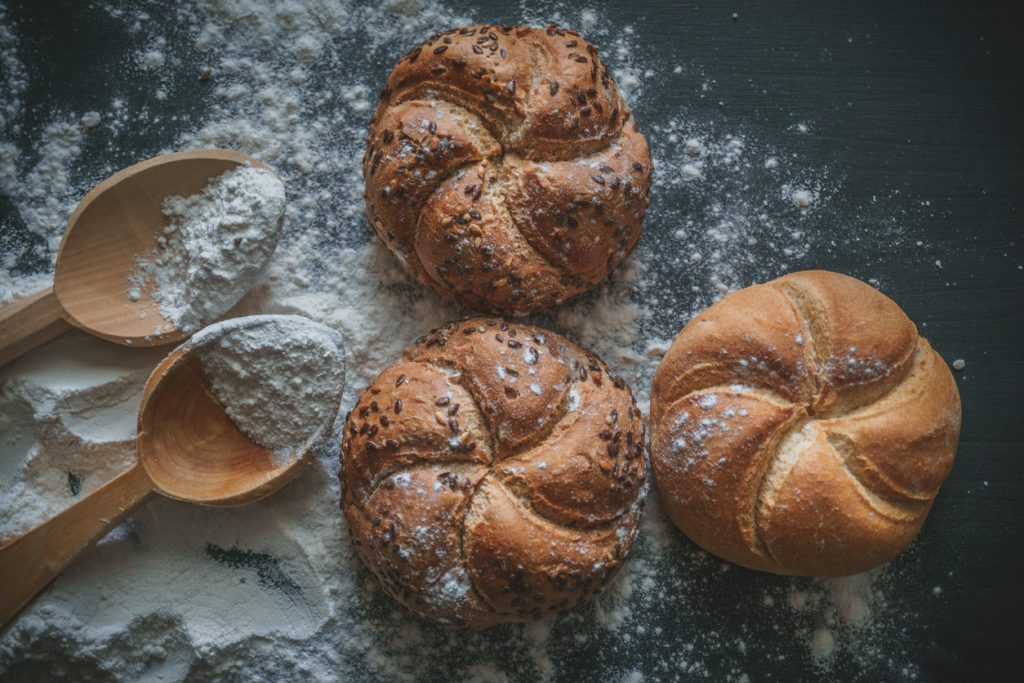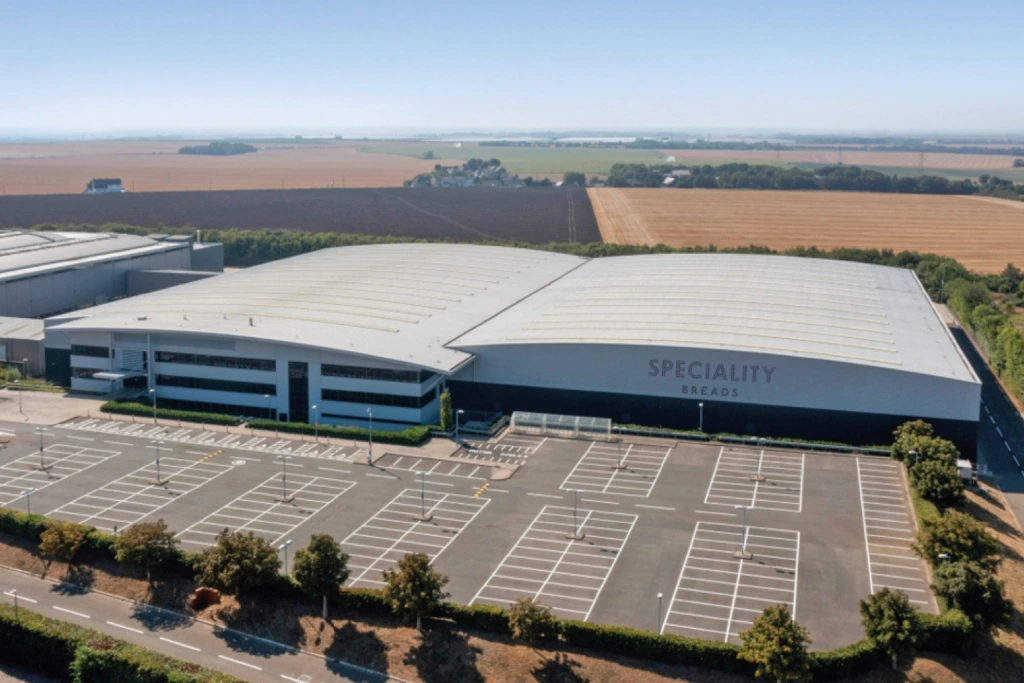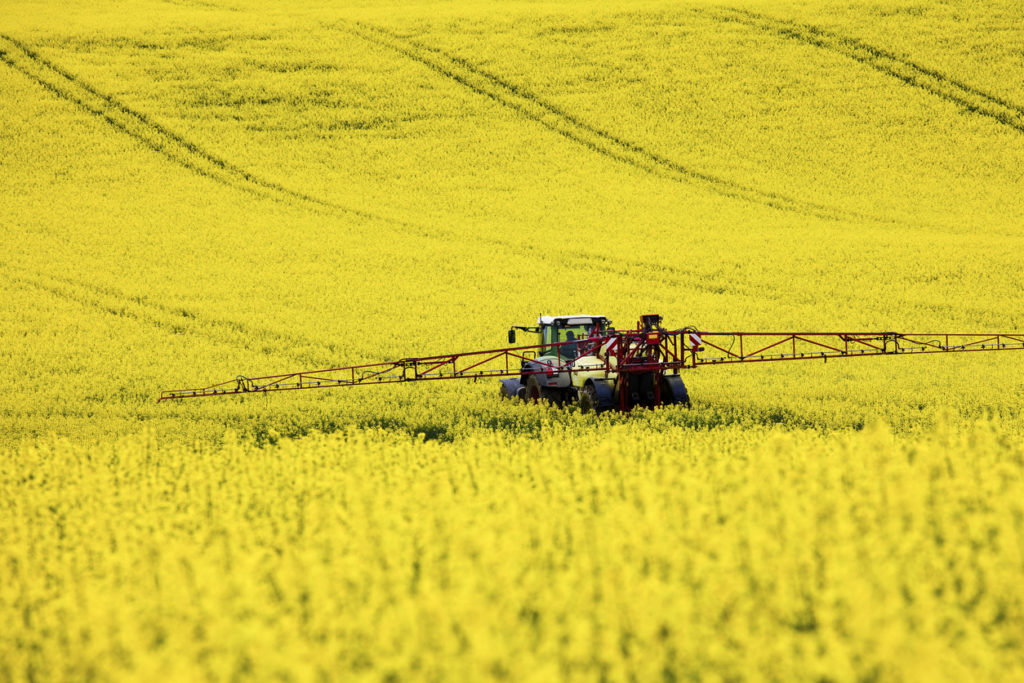- General
At Last – Special Bread for Astronauts!

Life aboard a space ship must be pretty tricky if you love your food. Space diets are famously bland. But some foodstuffs aren’t just inadvisable in zero gravity and micro-gravity, they’re actually lethally dangerous. Luckily a fresh project revealed at the nation’s recent UK Space Conference in Manchester is doing its best to create bread – one of the most dangerous foods to eat in space – specially for space travel.
Bread has always been far too risky a food to take into space thanks to its propensity to crumb. The crumbs float around in the air and can be breathed in by the astronauts, get into their eyes, and even end up finding their way into the electronics where they can start fires.
Things are about to change with the invention of a new type of bread designed specifically for space travel. It’s the first time astronauts will have eaten bread in space since 1965 when the men on NASA’s Gemini mission smuggled a ‘banned’ corned beef buttie on board. Bread has been a no-no in space ever since, replaced by non-crumbing tortilla wraps… nice enough, but just not the same as a fragrant, freshly baked loaf.
Bread especially designed for space
Space food has long been more practical than creative, more basic and boringly nutritious than tasty. The next generation of astronauts could actually be waking up to the smell of freshly baked bread thanks to an innovative dough mix specially designed for the International Space Station, the ISS. The bread is due to be tested in space next year in an attempt to add extra variety and eating pleasure to a diet that isn’t exactly known for its variety.
If the human race wants to travel farther into space, we’ll need to take along a lot more than mere ready-made space meals. The payload of a spacecraft is strictly limited, and longer explorations will require cooking on the go. The new bread is just one of a selection of foods being experimented with to deliver real, fresh food in space. Bacteria – which can be harnessed to grow sugars – are set to play a vital part, as are space-grown vegetables.
It’s also a tourism thing. If, like a group of fledgling commercial space travel firms hope, space becomes a desirable vacation destination or a cool day trip, life up there needs to be made a whole lot more pleasant than it currently is. Bread, one of the planet’s best-loved staple foods, is set to play a starring role.
Who is at the forefront of the space bread revolution? It’s a German company called Bake in Space, based in Bremen. They’re collaborating with the German Aerospace Centre and a bunch of clever food scientists from various research organisations to develop both a special dough and a baking method suitable for space. They intend to find out whether part-baking the loaves on earth before sending them into space might work best, and they’re even looking into making sourdough dough in space.
As it turns out, it’s the essential crumb-free characteristic of space bread that has caused the most problems. The perfect texture is essential, of course. It’s no good producing tough, chewy bread. Luckily Matthias Boehme from OHB System AG, also based in Bremen, is busy adapting a convection oven to perform well in limited gravity environments. It’s a tall order since the electricity supply on board the ISS is limited, the oven only has 250 watts to work with and exterior surfaces on board can’t get hotter than 45 degrees Centigrade.
The resulting oven is very small but keeps the heat in, a winning combination that’s bringing space bread closer to reality. The team has also explored vacuum baking, using low pressure inside a sealed oven, which manages to bake at much lower temperatures than usual. The experts say this process should also make the bread fluffier. Both gadgets are actually controlled from the ground, by the support crew on earth, relieving the astronauts from the task of baking.
Watch this space for the launch of inter-planetary bread
Watch this space – pun intended – to track the progress of the space bread, which will be tested during the European Space Agency’s Horizon mission in April 2018.



